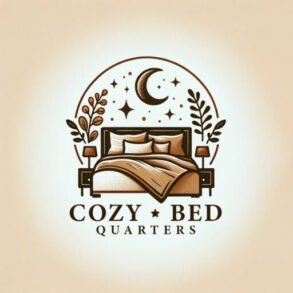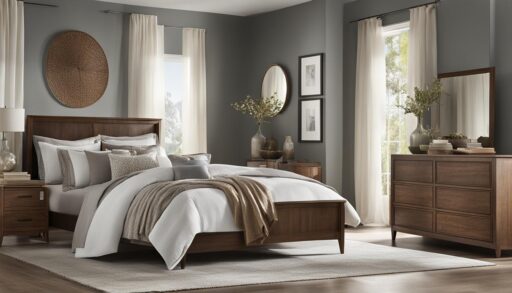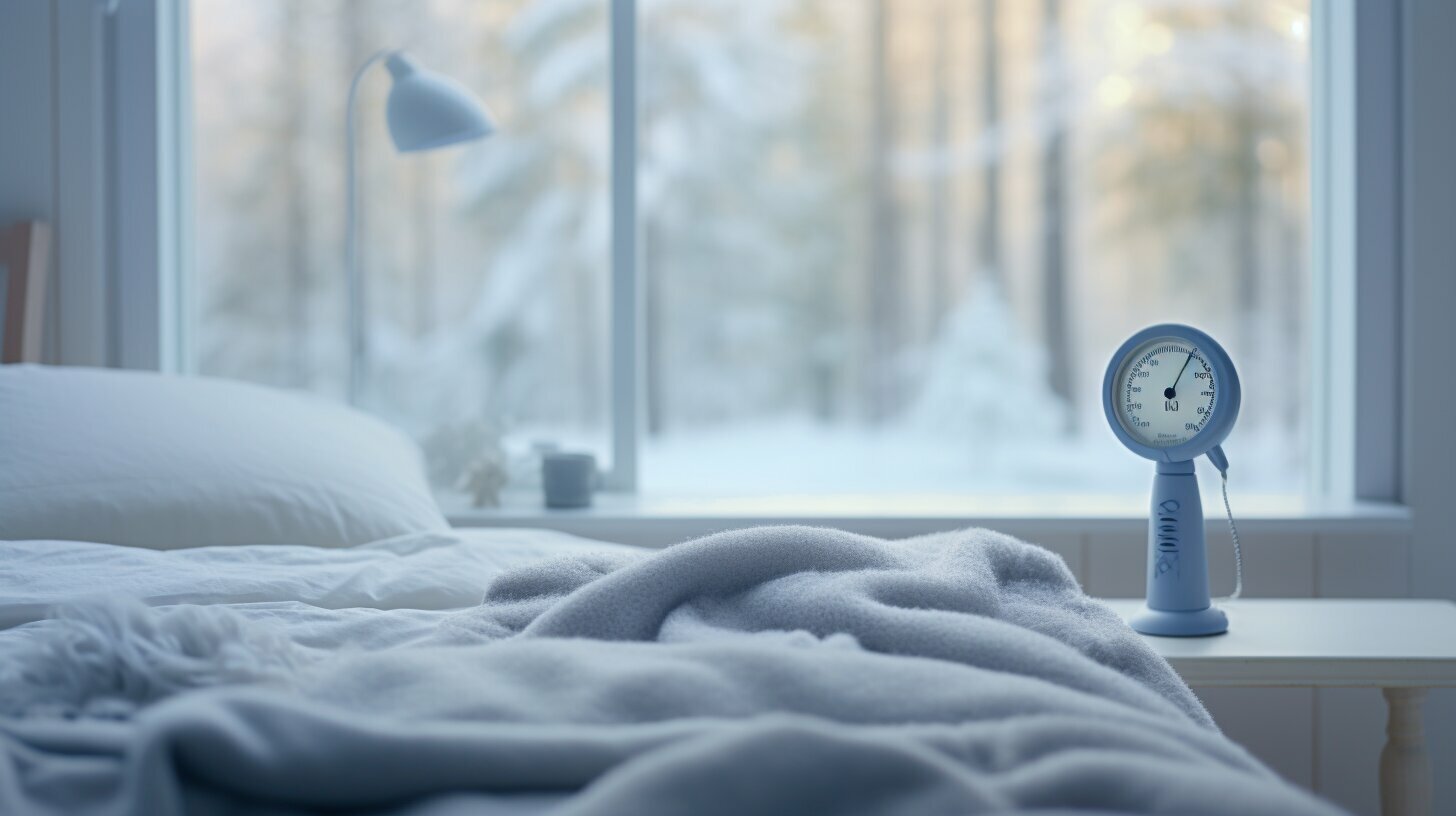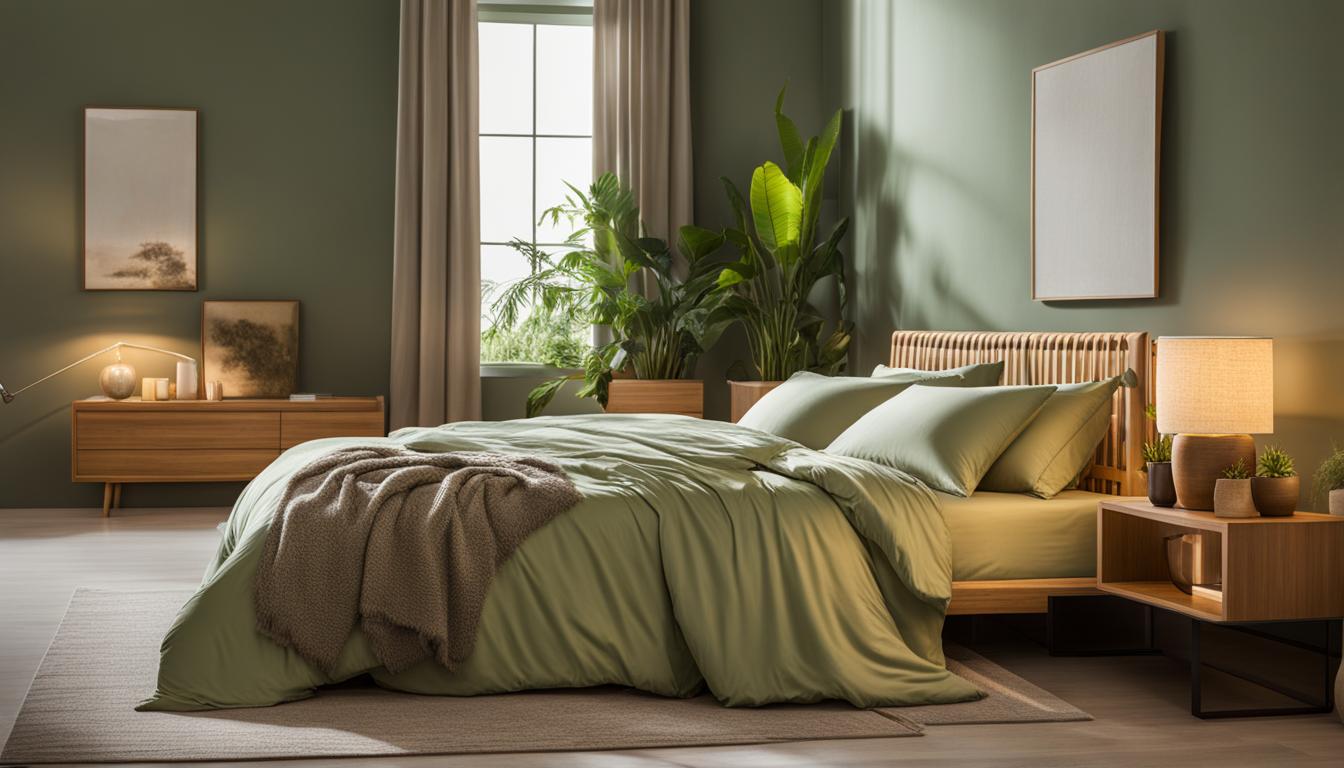Best Temperature for Sleep
Struggling with restless nights? The best temperature for sleep could be the key to better rest. Discover how setting your room to the ideal sleep temperature range can improve sleep quality, reduce night awakenings, and help you wake up feeling truly refreshed.
Key Takeaways: Best Temperature for Sleep
- The best temperature for sleep is between 60°F and 67°F (15.6°C to 19.4°C).
- Temperature affects melatonin production, sleep cycles, and REM quality.
- Customizing temperature by age, season, and preference enhances sleep comfort.
- Smart thermostats, fans, and breathable bedding improve thermal regulation.
Why the Best Temperature for Sleep Matters
When you sleep, your body naturally cools down. This drop in core temperature signals melatonin release and deeper sleep cycles. The best temperature for sleep supports this internal process, making it easier to fall asleep and stay asleep. Discomfort from overheating or being too cold can interrupt these cycles and lead to poor sleep quality. For overall balance, bedroom harmony and layout also play a role in restful nights.

Ideal Temperature by Age Group
Thermal comfort varies with age. Here’s a science-backed guide to help you adjust the best temperature for sleep in your household:
| Age Group | Recommended Temperature (°F) |
|---|---|
| Infants | 68–70°F |
| Adults | 60–67°F |
| Older Adults | 65–72°F |
How Room Temperature Affects Sleep Stages
Bedroom climate plays a role in every stage of sleep. Cooler environments support deep NREM stages, while heat disrupts REM sleep. According to the Sleep Foundation, even small temperature changes can significantly affect REM quality.
| Sleep Stage | Effect of Temperature |
|---|---|
| Stage 1 (Light Sleep) | Cool air helps transition from wakefulness. |
| Stage 3 (Deep Sleep) | Cold rooms enhance slow-wave activity and restoration. |
| REM Sleep | Overheating suppresses REM duration and dream clarity. |
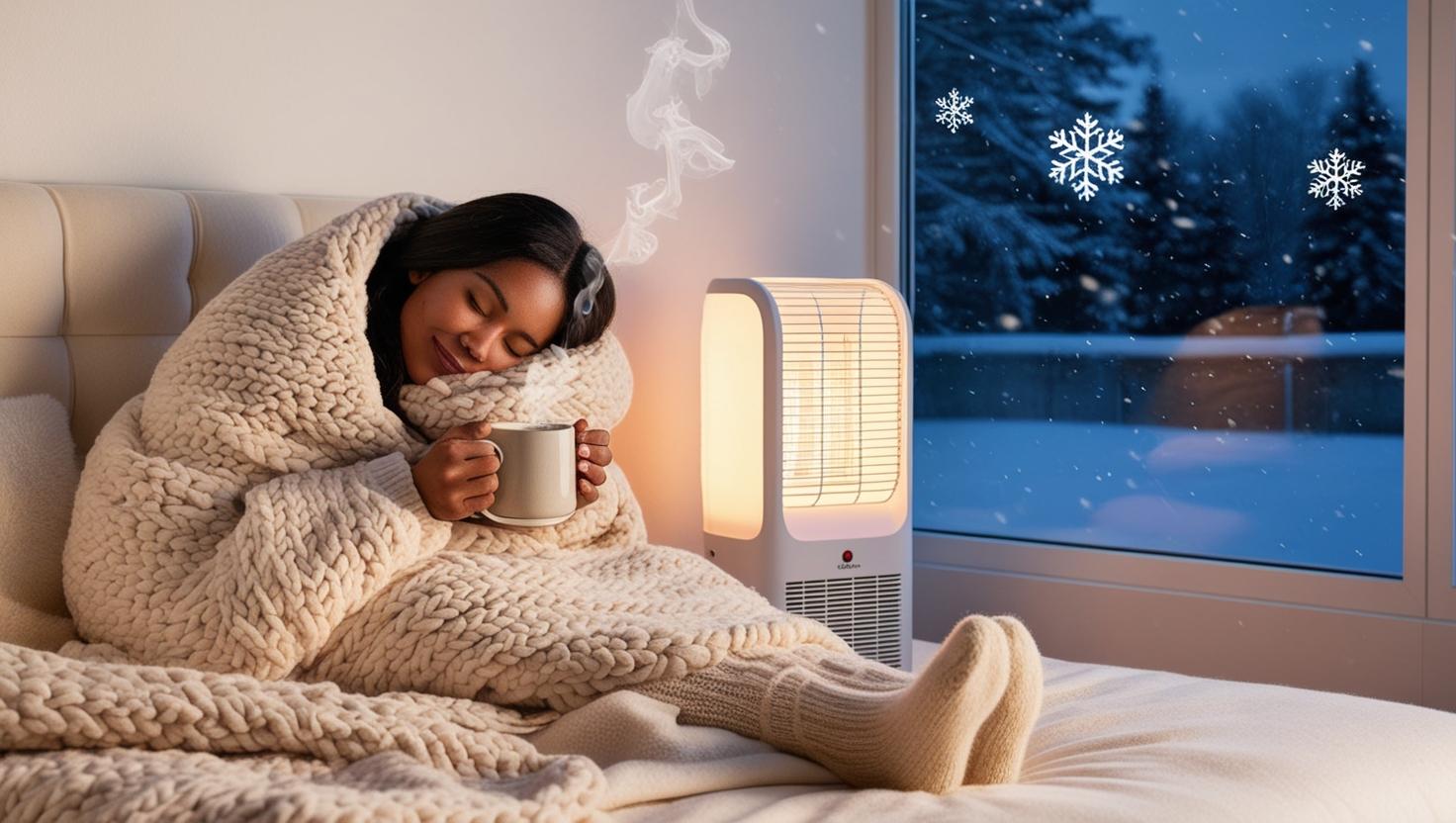
Tools to Maintain the Best Temperature for Sleep
The right tools make it easier to regulate your bedroom climate year-round. Pairing these strategies with eco-friendly sleep furniture can also improve comfort sustainably:
- Programmable Thermostats: Automate nightly cooling schedules.
- Fans & Air Circulation: Promote airflow and reduce hot spots.
- Cooling Bedding: Fabrics like bamboo, linen, or percale cotton prevent heat buildup.
- Heated Blankets: Use a timer for safe warmth in winter.
Best Temperature Adjustments by Season
Seasonal changes affect how you manage sleep comfort. In summer, pre-cool your room with A/C or blackout curtains. In winter, layer bedding and insulate windows to retain warmth. For extra relief, cooling mattresses for hot summers help regulate body temperature all night.
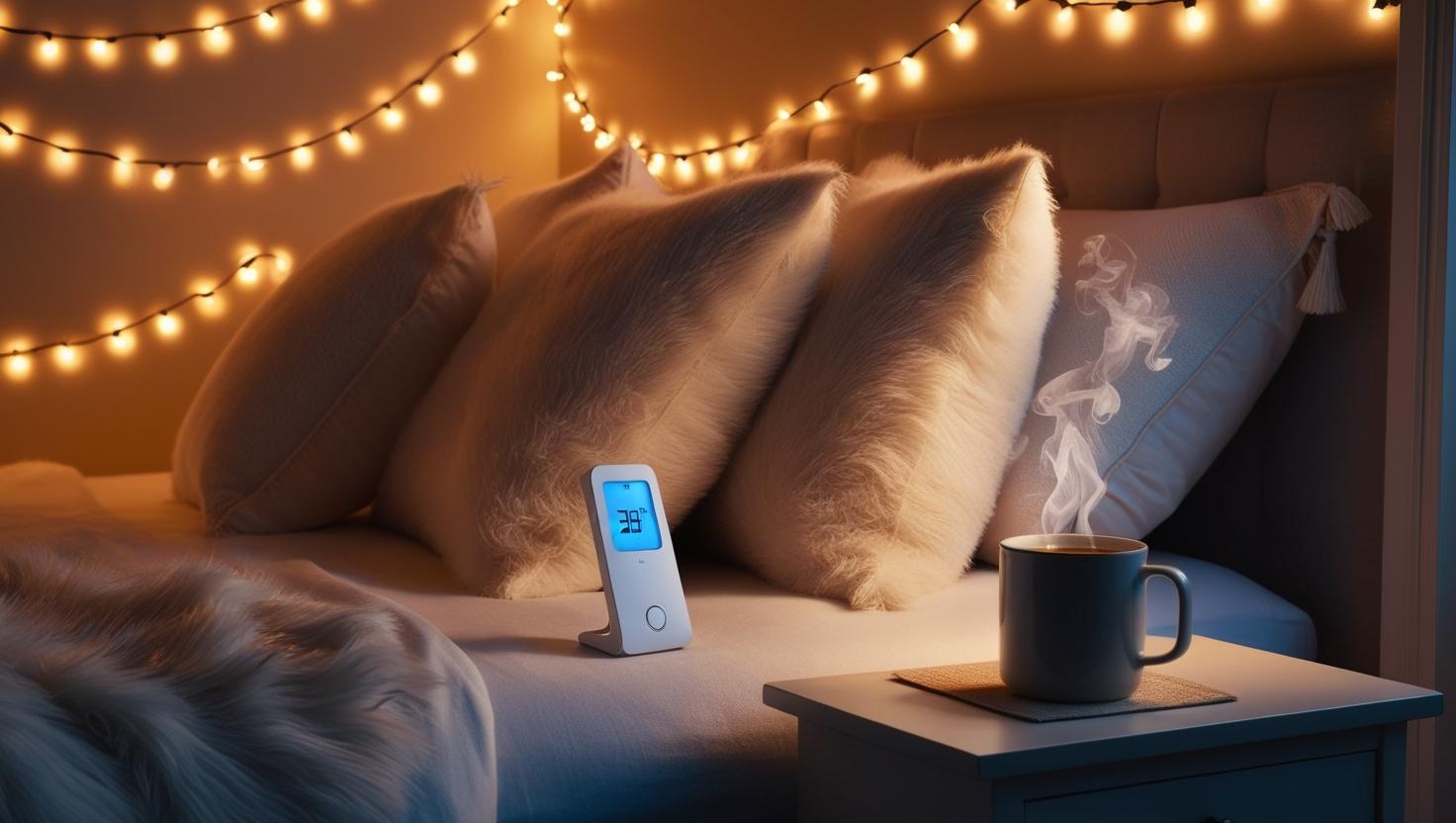
Pre-Bedtime Habits That Support Sleep Temperature
Bedtime routines matter. Pairing temperature management with the right bedding choices ensures better sleep. Consider adding hypoallergenic bedding to reduce irritation and nighttime restlessness.
- Warm Bath 90 Minutes Before Bed: Triggers natural cooldown response.
- Avoid Late Exercise: High activity raises core temp and delays sleep.
- Use a Humidifier in Dry Seasons: Prevents discomfort and supports easy breathing.
Eco-Friendly Bedding and Sleep Temperature
Sustainable materials can enhance sleep climate while reducing environmental impact. Organic cotton, bamboo, and TENCEL® are naturally breathable, keeping sleepers cool in summer and warm in winter. Certifications like OEKO-TEX® and GOTS ensure these fabrics are free from harmful chemicals that may trap heat or irritate skin.
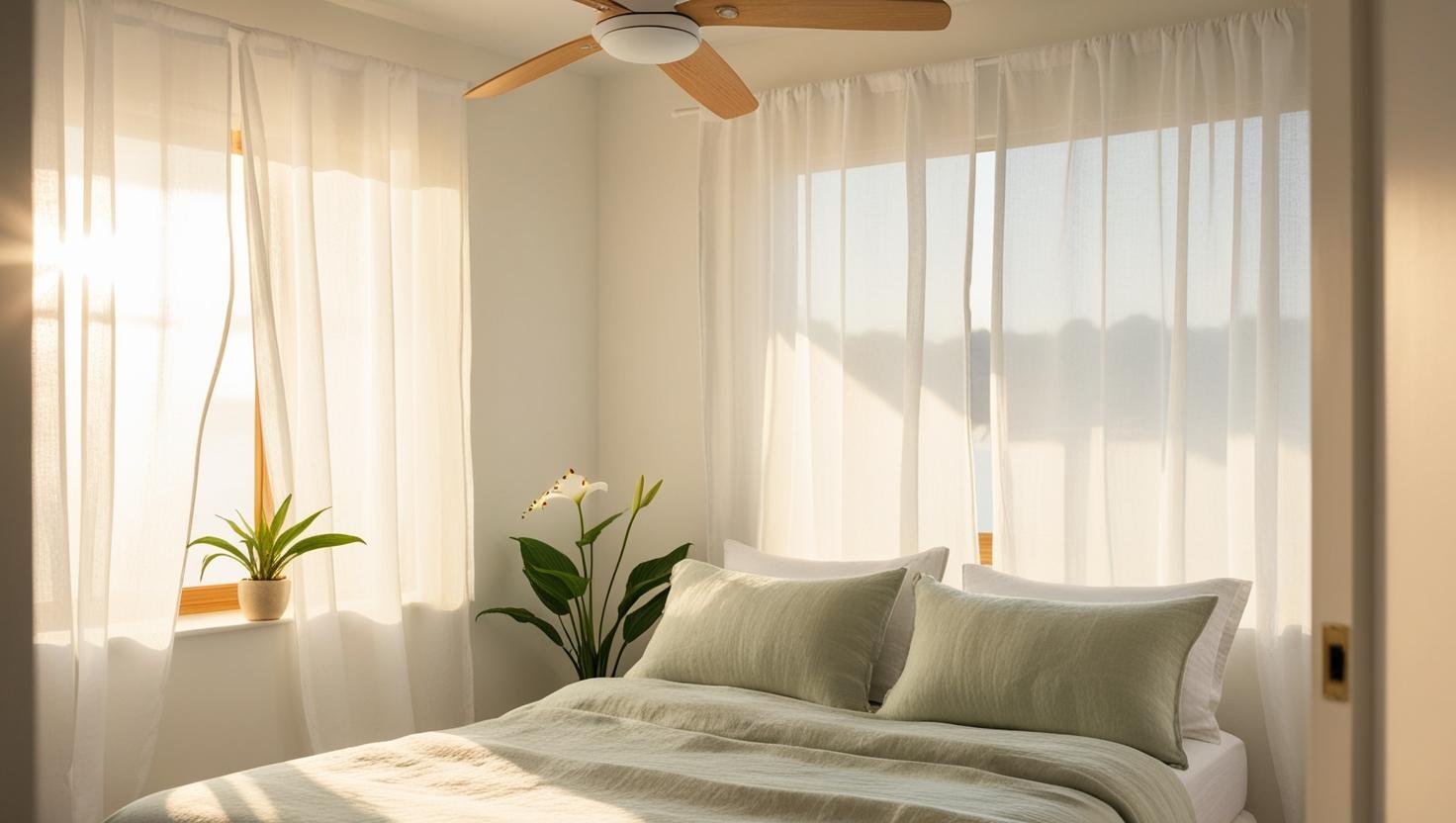
Signs Your Sleep Temperature Isn’t Right
If you wake up sweaty, cold, or restless, your room may not match the best temperature for sleep. Other signs include clammy sheets, dry mouth, or cold extremities.
When to Consider Medical Advice
If adjusting your room temperature doesn’t improve rest, consider professional guidance. Conditions like insomnia, night sweats, or sleep apnea may require medical support.
Final Thoughts
Finding the best temperature for sleep is one of the simplest ways to improve rest. Whether through smart thermostats, breathable fabrics, or sustainable furniture, tailoring your environment leads to deeper, more restorative nights. Cozy Bed Quarters is here to guide you on better sleep strategies.
FAQ
- What is the best temperature for sleep?
- Experts recommend keeping bedrooms between 60–67°F (15.6–19.4°C).
- Does sleep temperature vary by age?
- Yes. Infants and older adults prefer slightly warmer rooms, while adults sleep best in cooler climates.
- Can I use fans or AC all night?
- Yes, but avoid direct airflow and dryness. Fans also provide white noise benefits.
- How can I improve sleep during hot weather?
- Use breathable bedding, blackout curtains, pre-cool the room, and wear lightweight sleepwear.
Related Reading
- Eco-Friendly Bed Frames
- Best Cooling Mattresses
- Hypoallergenic Mattresses
- Sleep Foundation: Best Bedroom Climate
- Parachute Home: Lightweight Cooling Bedding
- Architectural Digest: Cozy Bedroom Ideas
